Last updated on March 14, 2024
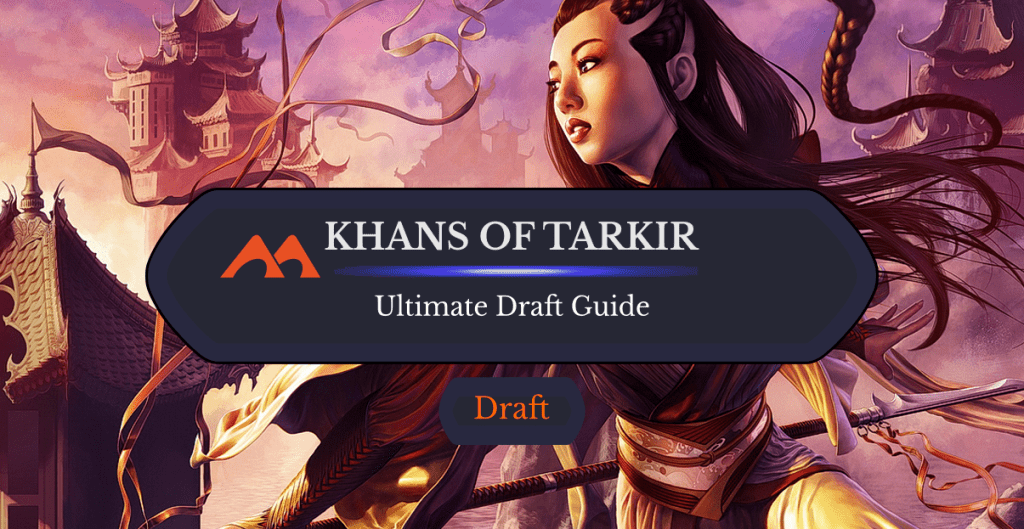
Monastery Swiftspear | Illustration by Steve Argyle
Greetings planeswalkers! With Khans of Tarkir coming back to Arena this week, I thought it’d be good to do a quick recap guide for the format.
Though I haven’t physically cracked a pack of Khans of Tarkir in nine years, looking over the set online is bringing back all sorts of memories of what worked well.
Format Big Picture

Ainok Bond-Kin | Illustration by Chris Rahn
Khans of Tarkir was a beloved draft format known for naming the 3 color wedges, which completed the cycle introduced in Shards of Alara. The gameplay of the set had a heavy focus on multicolored cards and the morph mechanic. Being 4-5 colors was common, and lands were drafted quite heavily.
Given the nine years of power creep that have taken place since the set’s release, I imagine that playing Khans will feel pretty awkward today. A key difference between Khans of Tarkir and modern sets is the number of outright bad cards in the set. Take a look at these commons:
- Erase
- Firehoof Cavalry
- Molting Snakeskin
- Shatter
- Swift Kick
- Feed the Clan
- Naturalize
- Lens of Clarity
In a set like Lost Caverns of Ixalan, the bad commons are mediocre creatures like Child of the Volcano, Acolyte of Aclazotz, and Vito's Inquisitor. They are not unplayable though, just weaker options. In Khans, on the other hand, you are going to have some trash to sort through. Most of the cards on this list are unplayable or purely for niche sideboard situations.
So, what should you actually do when you draft Khans? I’ll cover some approaches below, but first I want to quickly recap the set’s mechanics/clans as though it were a new one.
The Clans/Mechanics
Khans of Tarkir is named for the khans who lead five distinct three-color clans on the plane of Tarkir. These are the Abzan (), the Jeskai (), the Sultai (), the Mardu (), and the Temur (). Each clan has 8 3c cards and a clan mechanic that its draft strategy is built around. The 8 cards you’ll see for each guild consist of:
- One common morph
- One 5-mana uncommon creature
- A modal Charm at uncommon
- 4 rares of varying quality/usefulness in Draft
- One mythic khan card
Abzan/Outlast
The Abzan play the long game with their outlast mechanic. Creatures with outlast let you pay a cost (some amount of mana + tapping them at sorcery) to put a counter on them. This has two main purposes:
- Growing sizing over time will obviously let you outclass your opponent’s creatures/attack for big damage later.
- +1/+1 counters are supported by a number of strong payoffs for having them like Abzan Battle Priest, Abzan Falconer and Tuskguard Captain.
Abzan also has without a doubt the best 3-color cards in the set. Duneblast, Siege Rhino, Abzan Ascendancy, and Abzan Charm give you just a taste of the Abzan’s power.
Jeskai/Prowess
We’ve had prowess for so long now that it’s easy to forget where it came from! Prowess started with Jeskai, and gave a name to an ability we’d seen many times in the past. Prowess often excels in tempo decks with a mix of cheap creatures/instants. Jeskai’s 3-color cards are quite strong as well, with splashy cards like Flying Crane Technique and Jeskai Ascendancy.
Sultai/Delve
Delve is a dangerous mechanic in Constructed magic as anyone who has ever cast a Treasure Cruise knows! Delve is much fairer in Limited though, and often requires you to either build around it or play only 1-2 delve cards to get the most out of it. Sultai is a grindy graveyard focused clan that fills up its graveyard to make powerful spells undercosted.
Its 3-color cards are a bit lower quality than other clans (with big exceptions like Sultai Soothsayer and Villainous Wealth). Kheru Lich Lord, Rakshasa Vizier, and Sultai Ascendancy are good examples of Sultai mediocrity.
Mardu/Raid
Raid is a simple but effective mechanic that shows off Mardu’s aggressive gameplan. Mardu tends to go wide, which means you might raid by chump attacking with a 1/1 Goblin occasionally. Mardu’s 3-color cards are generally strong, and several of them can put out a ton of damage immediately.
Temur/Ferocious
Temur is the final guild, and focuses on bashing your opponent’s face with creatures that have power 4 or greater. Its ferocious mechanic rewards you for this directly by giving you powerful bonuses on cards like Savage Punch and Force Away. Its 3-color cards are generally pretty great too, with lots of big burly creatures that are well above rate.
Morphs
Morph is a key mechanic in the set. Morph appears on 35 different creatures and in every color. Any creature with morph can be cast as a face down 2/2 creature for 3 mana. Morph does a number of things for the set:
- It helps smooth out games by making sure your cards are flexible/castable early, even if you don’t have all of your colors yet.
- It helps Khans be slower/more grindy, as Gray Ogres aren’t known for ending games at a reasonable pace.
- It adds an element of intrigue to gameplay, rewarding players who can anticipate what morphs will be flipping into.
- It acts as a build around for a couple of cards like Trail of Mystery and Secret Plans.
One important aspect of morphs in Khans is something called the rule of 5. This is the idea that most morphs with good combat stats (i.e. they could eat a 2/2 and survive) will cost five or more to flip. If your opponent doesn’t have 5 mana up, you won’t have to worry about them suddenly having a 5/5 or 6/6 creature.
Another tip for playing with/against morph is to understand that morphing does not use the stack. If you untap with Sagu Mauler and flip it up, your opponent will not have any window to Throttle it.
Bomb Rares
Khans is a pretty bomb heavy set! Bombs should be your first priority when drafting this set as it's slow, full of mana fixing, and has softer archetypes than modern sets. Here’s a nonexhaustive list of cards you should slam P1P1 and splash when you can:
- Wingmate Roc
- Sarkhan, the Dragonspeaker
- Hooded Hydra
- Sorin, Solemn Visitor
- Zurgo Helmsmasher
- Surrak Dragonclaw
- Anafenza, the Foremost
- End Hostilities
- High Sentinels of Arashin
- Master of Pearls
- Icy Blast
- Thousand Winds
- Crater's Claws
- Sagu Mauler
- Ankle Shanker
- Butcher of the Horde
- Savage Knuckleblade
- Abzan Ascendancy
- Duneblast
- Siege Rhino
- Flying Crane Technique
- Mantis Rider
- Villainous Wealth
- Ghostfire Blade
This list includes 24/83 rares/mythics in the set, so expect to P1P1 your rare a fair chunk of the time. Other rares are generally decent but here’s a list of ones to generally avoid playing:
- Retribution of the Ancients
- Howl of the Horde
- Not unplayable, but make sure you have cheap spells worth copying with this if you bother.
- Hardened Scales
- Generally a trap, only would play if I had a ton of outlast.
- Deflecting Palm
- This is a burn/life gain spell with some cheeky potential. It’s not reliable in the least though, and becomes much less good the moment your opponent sniffs it out.
- Altar of the Brood
- Dragon Throne of Tarkir
Top Commons
Commons don’t have as big of a role in Khans of Tarkir as modern sets. Still, it’s important to know what to look for in each color, so here’s four for each.
White
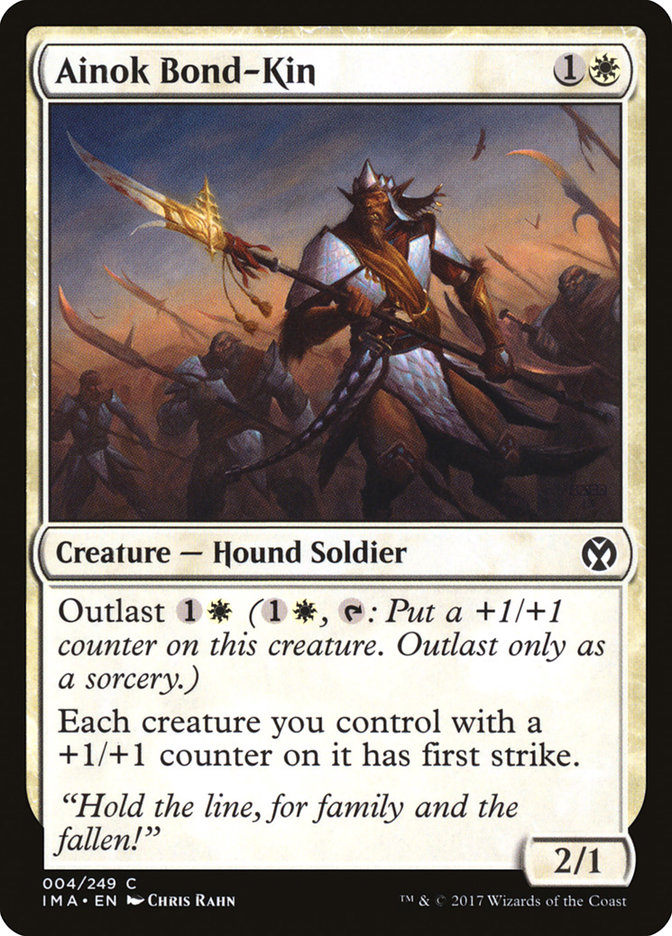
Ainok Bond-Kin: Efficient 2-drop on its own that plays even better with other +1/+1 counter creatures.
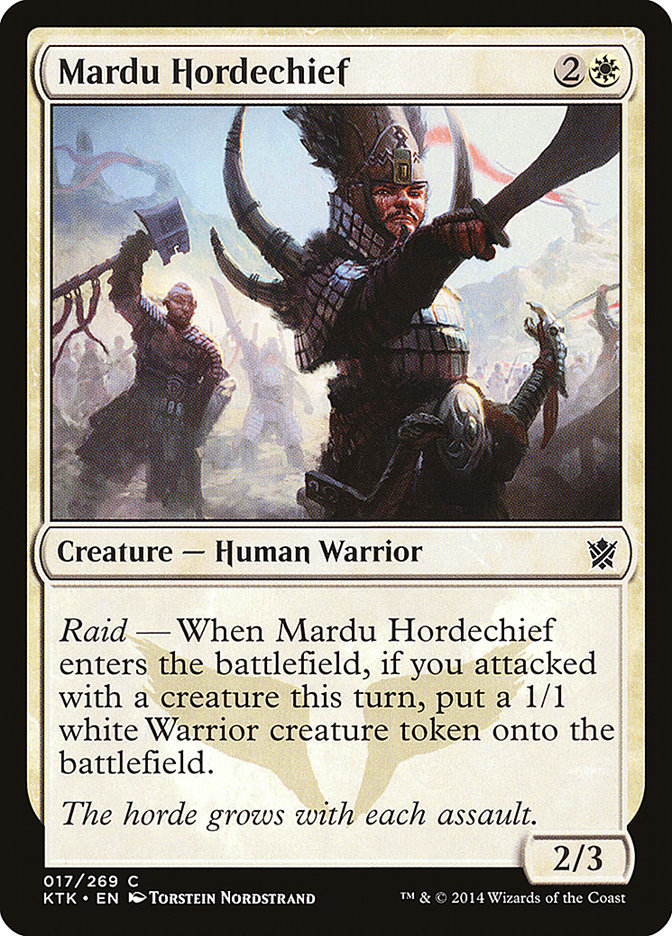
Mardu Hordechief: Great rate when raided and filler when not. Best in Mardu or Orzhov decks looking to be aggressive.
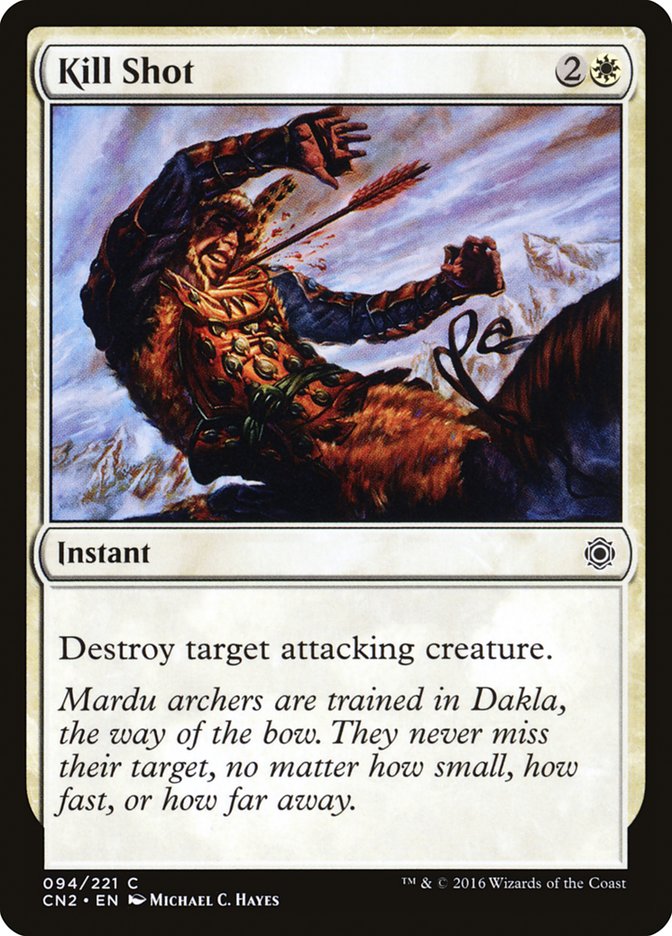
Kill Shot: Removal in Khans is nothing like modern sets, so expect this to be better than it looks. Try to have other instants/morph costs to mask it.

Feat of Resistance: Combat tricks in this set are not the best, but Feat of Resistance is an exception. This is effective both in combat and against the set’s plethora of clunky removal spells.
Blue
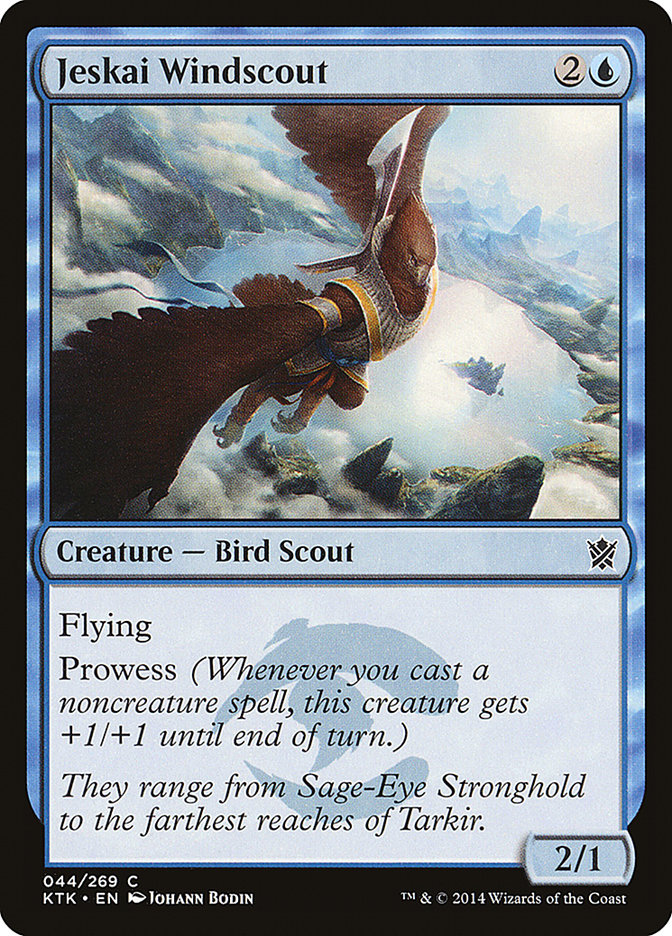
Jeskai Windscout: This is quite the rate when compared to other common creatures in the set. This is a dangerous flier and one of the best cards for any aggressive blue deck.
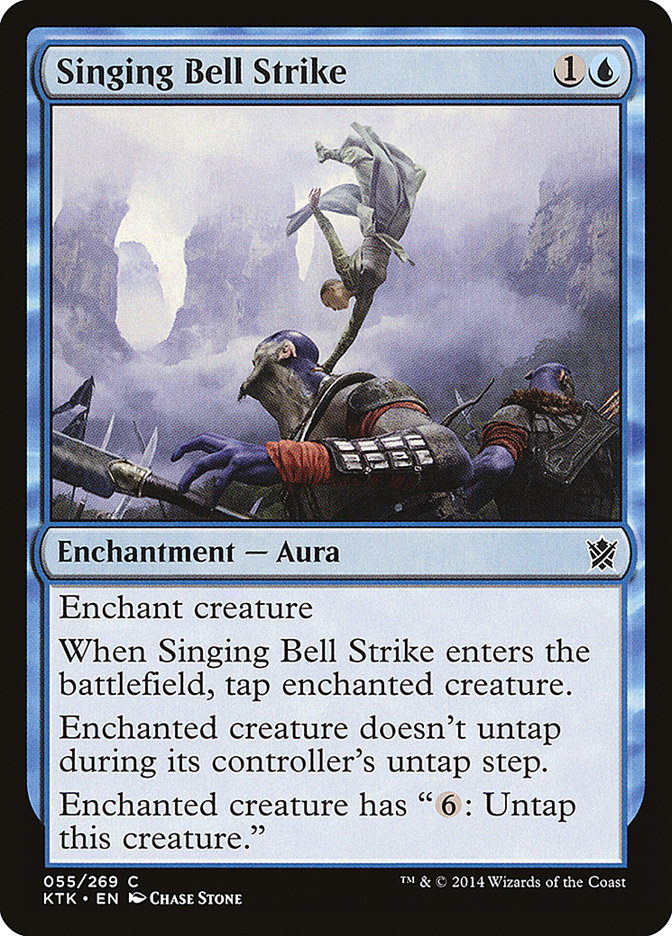
Singing Bell Strike: Strong removal that your opponent can pay a lot of mana to get around. Best in tempo decks that aren’t looking to durdle endlessly.
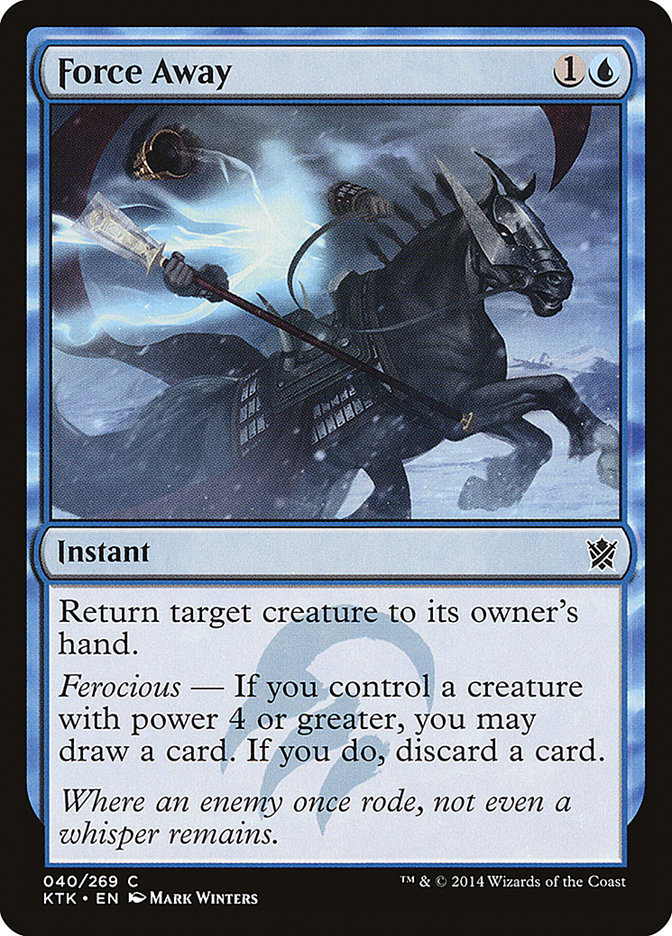
Force Away: Another strong common for tempo decks. Morphs can be good targets, as they generally involve a lot of mana investment from your opponent.
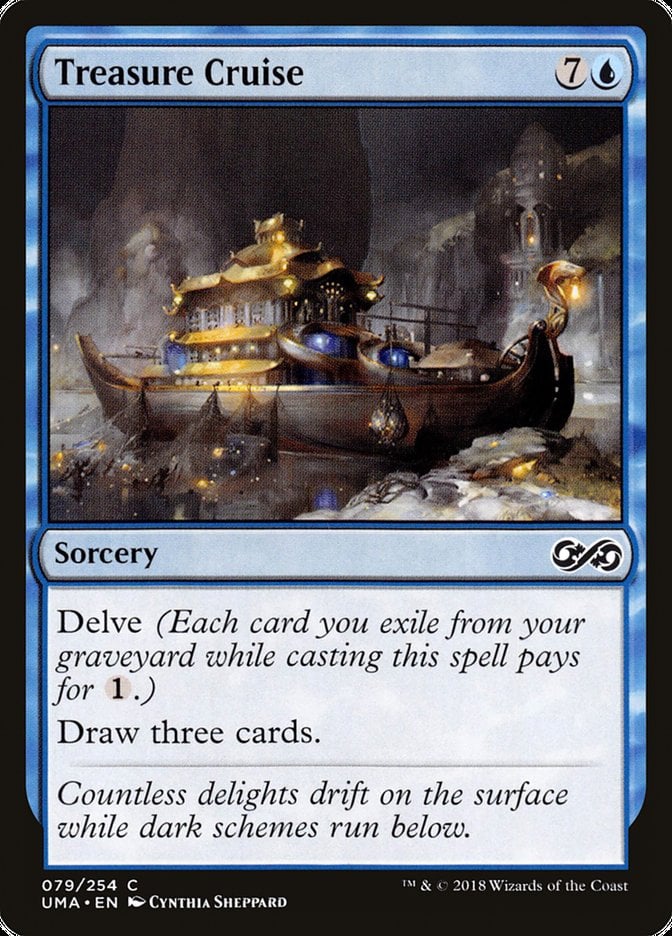
Treasure Cruise: The first copy of this or any other delve card is generally pretty good. Only play multiples if you have cards to support this (i.e. Scout the Borders).
Black
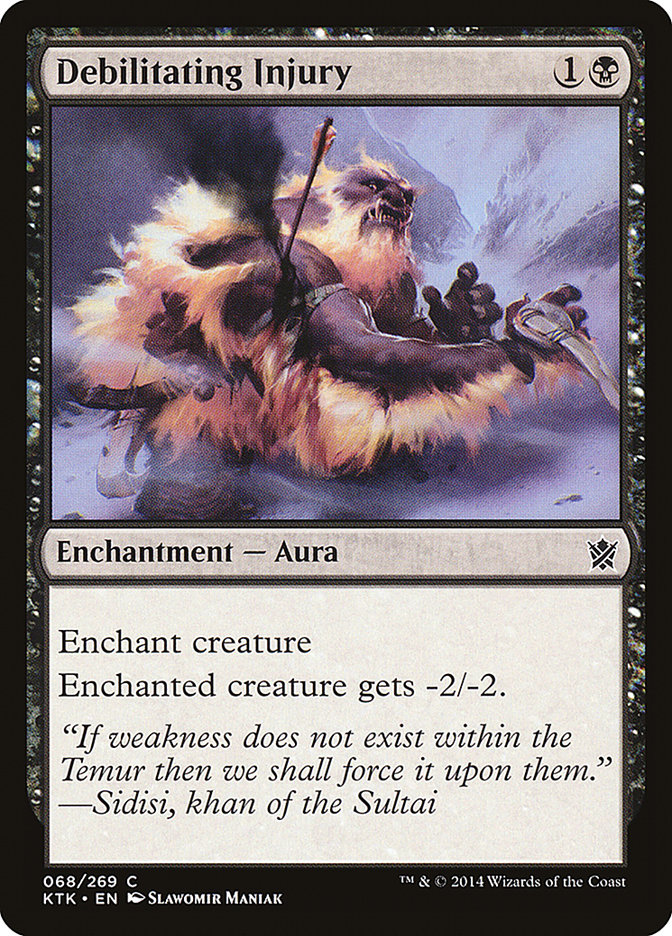
Debilitating Injury: I don’t mind paying an extra mana for Dead Weight in a set with morphs. One of the better commons in the set.
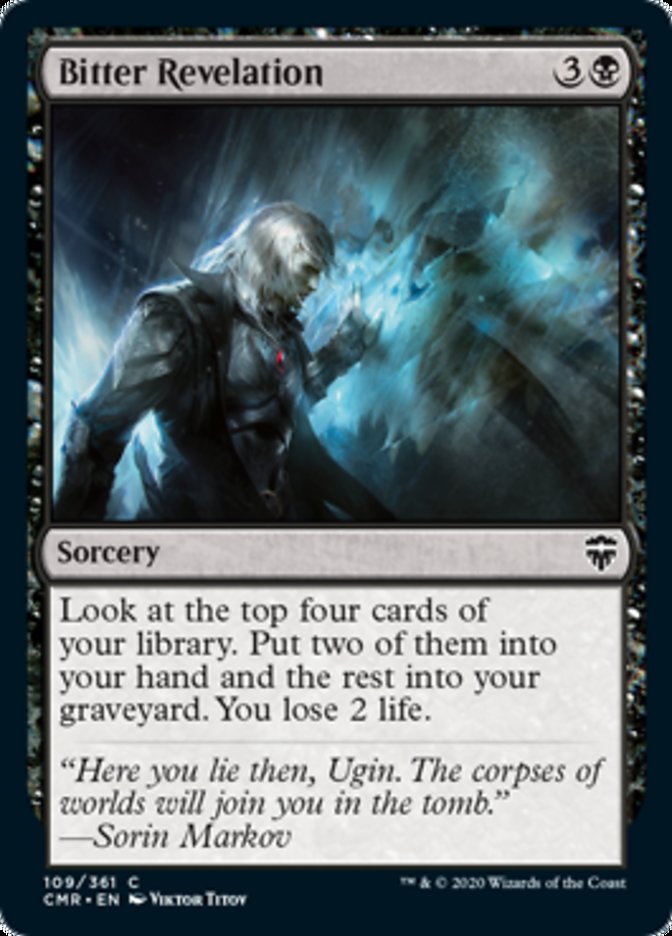
Bitter Revelation: Decent card draw spell that benefits from the set being slow/having uses for self mill.

Disowned Ancestor: Cheap blocker that scales into a better creature if you don’t have anything else going on.
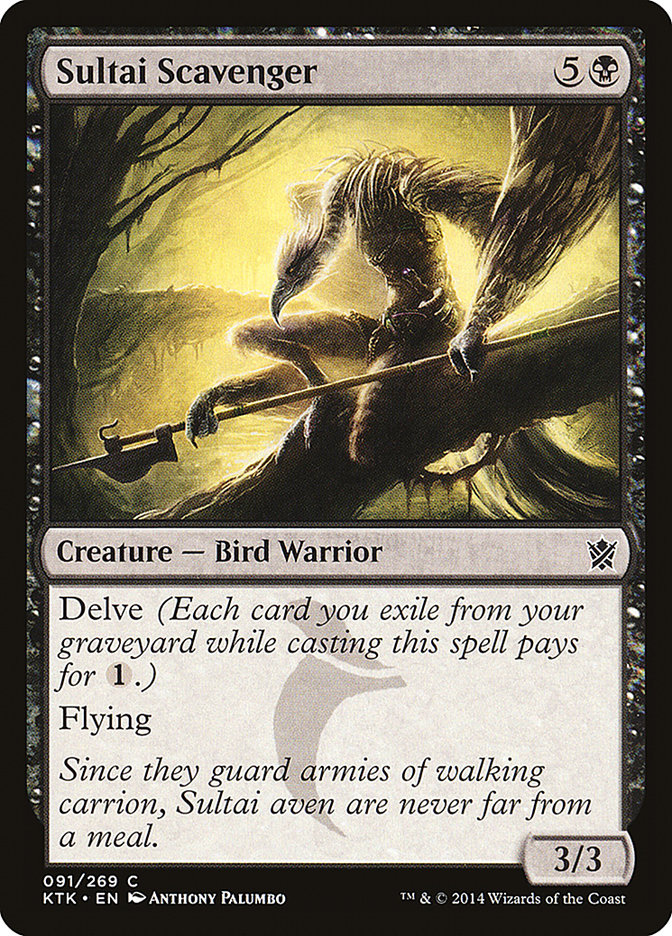
Sultai Scavenger: Paying 5 mana for this is acceptable (at least by Khans creature rates), so this is one of the better delve cards in the set.
Red
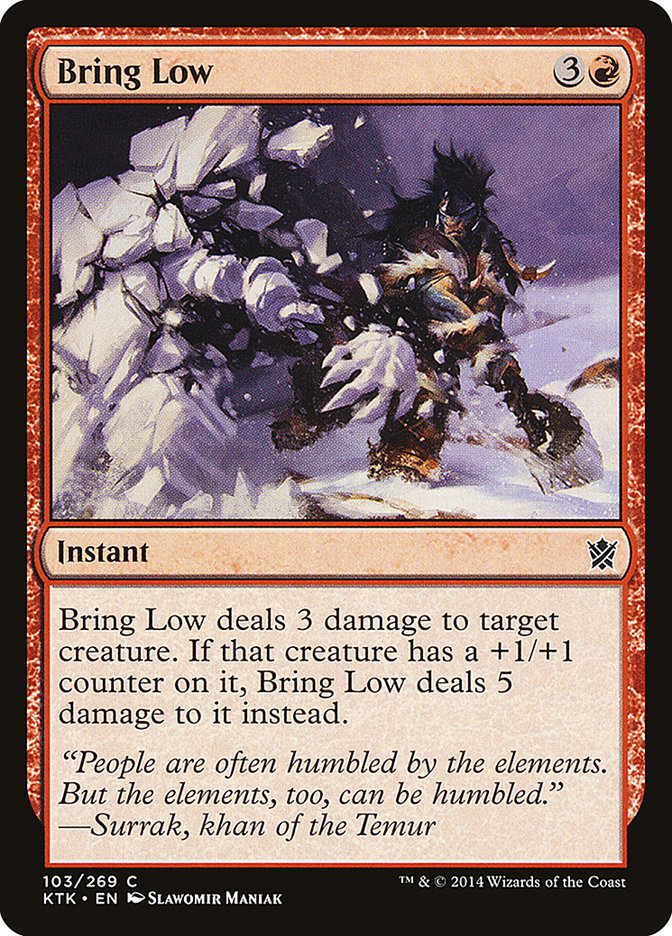
Bring Low: Recurring theme is Khans doesn’t match modern standards, so “deal 3 or 5 for 3R instant” is actually quite the rate.
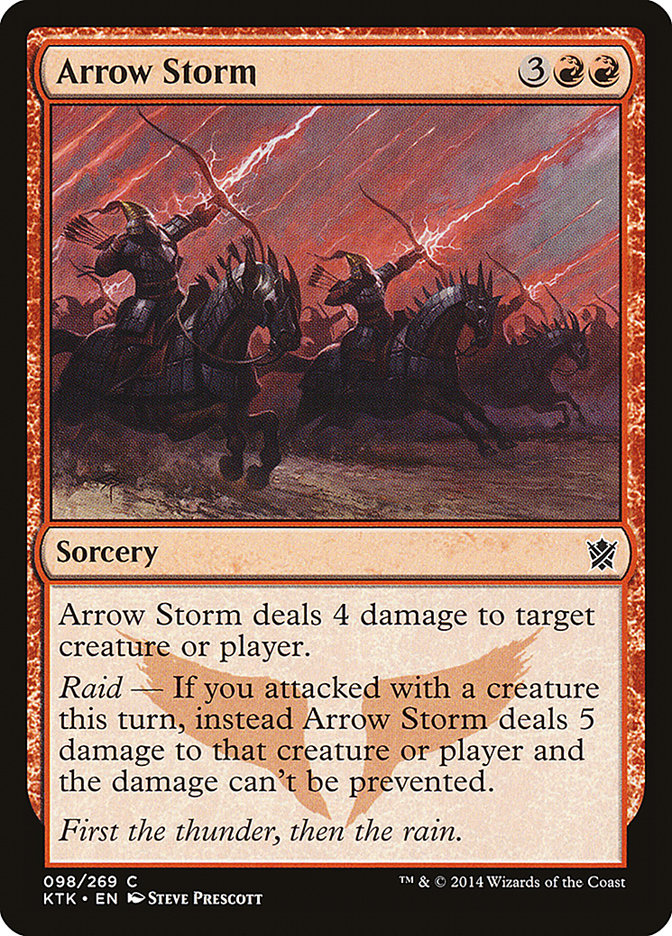
Arrow Storm: The removal rate here is more tame, but the ability to go face puts this over the top. A key card for Mardu/Jeskai decks looking to take advantage of early leads.
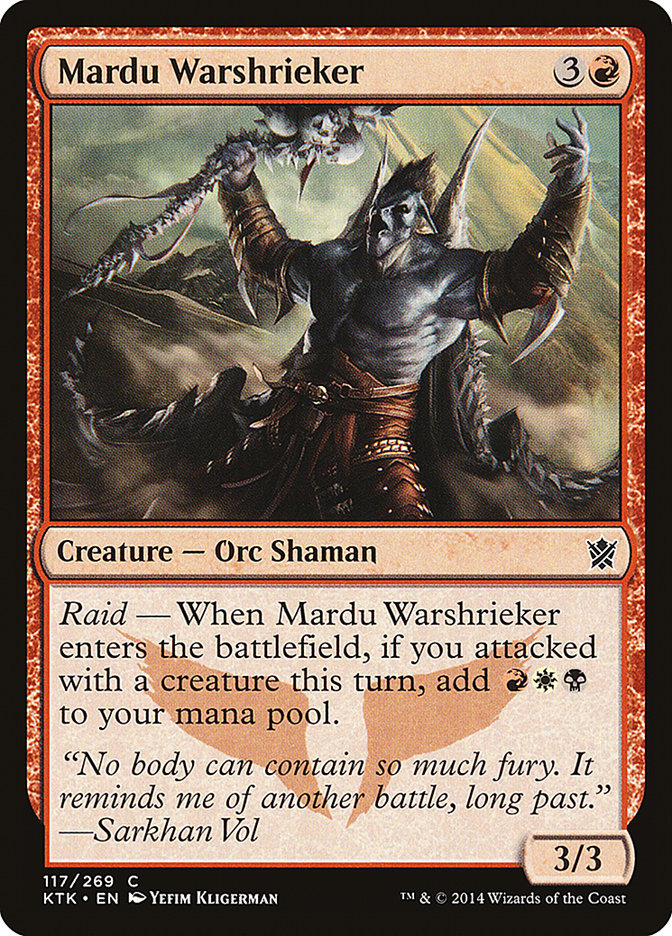
Mardu Warshrieker: Hill Giant sizing is better than you’d expect, and the raid mana plays perfectly with morphs.
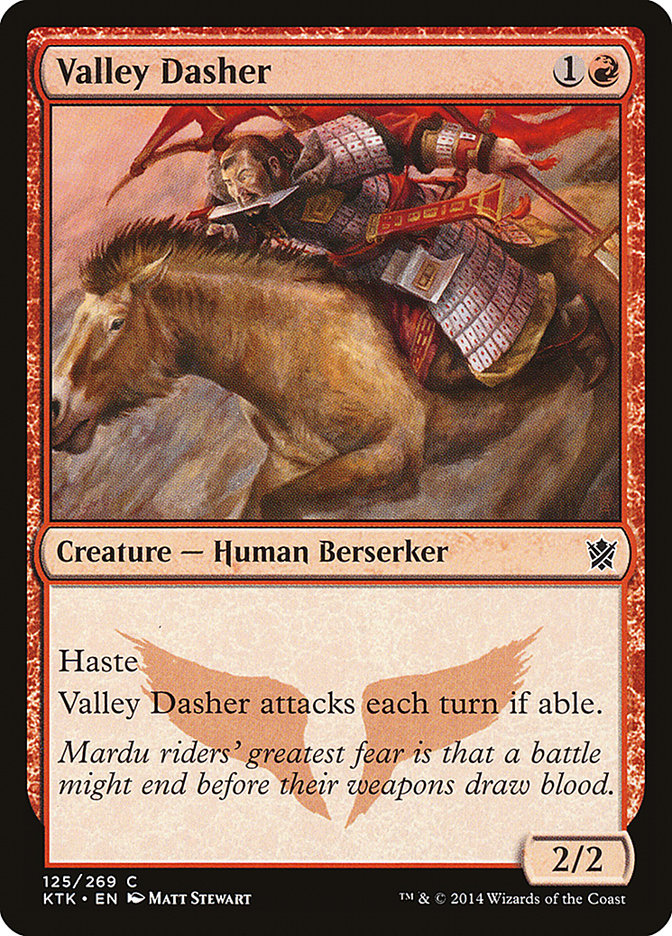
Valley Dasher: This isn’t a good card in a vacuum, but certain red decks will be aggressive enough to want this in multiples.
Green
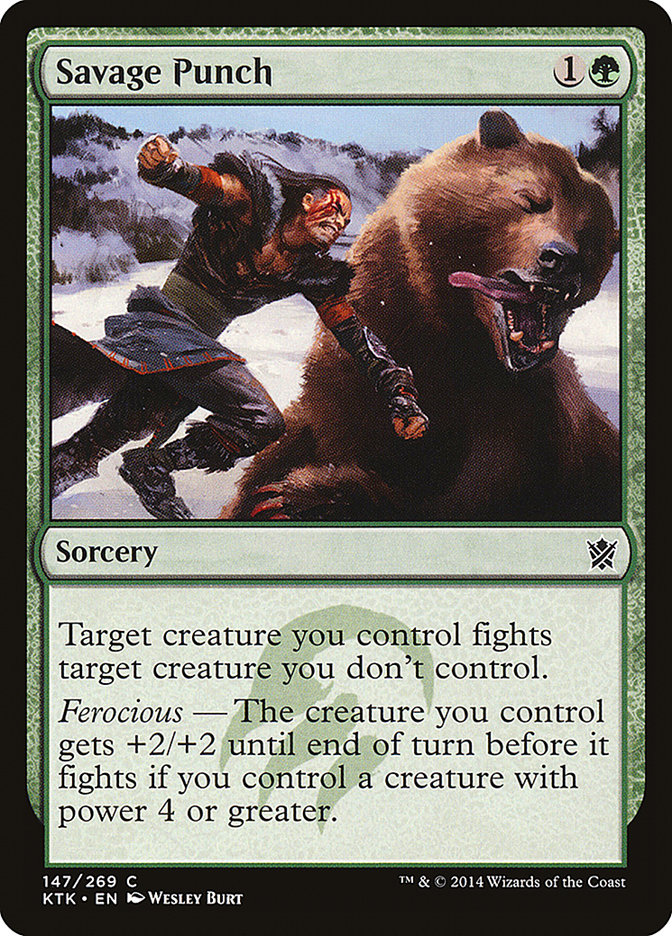
Savage Punch: This is a dangerous Prey Upon variant thanks to the substantial size upgrade. You’ll want 4/xs, but removal in the set is clunky enough that instants can generally be played around safely.
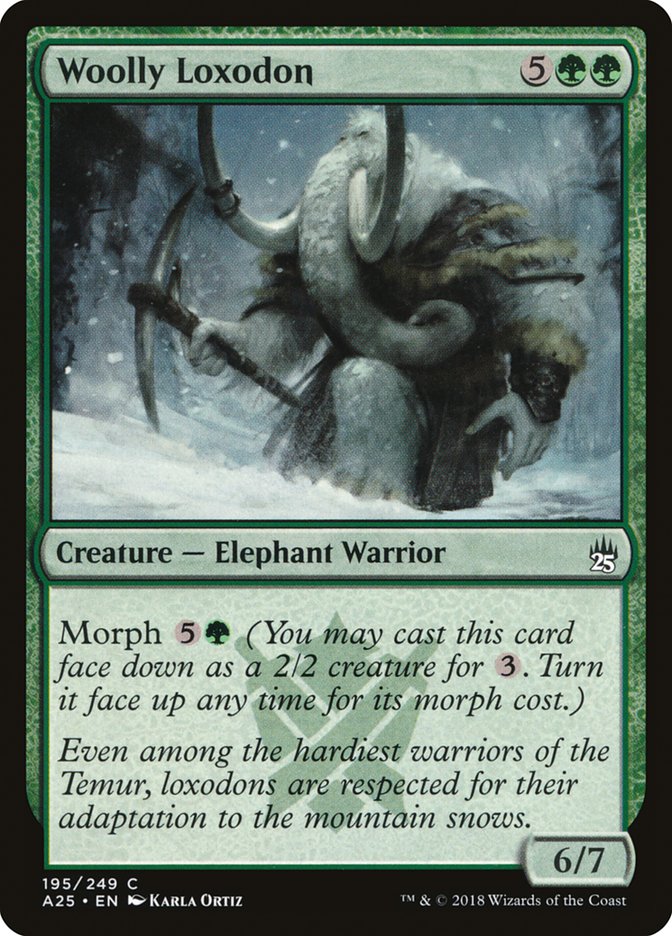
Woolly Loxodon: This is one of the strongest common morphs thanks to its incredible sizing. You will often find yourself hoping your opponent’s face down creature is Sagu Archer or Kin-Tree Warden instead.
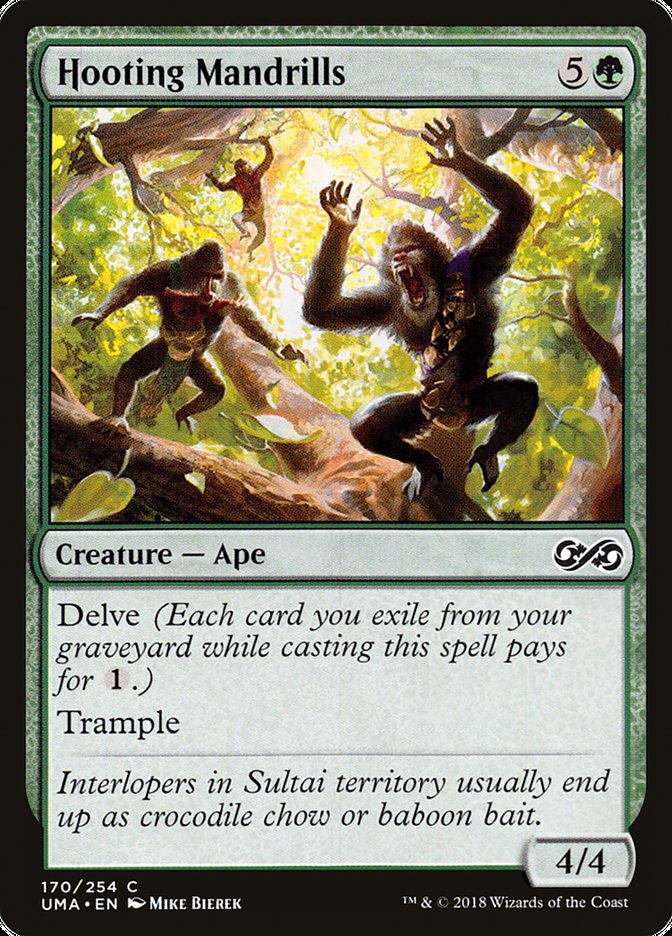
Hooting Mandrills: Similar to Sultai Scavenger, you only need -1 mana for this to be a fair rate.
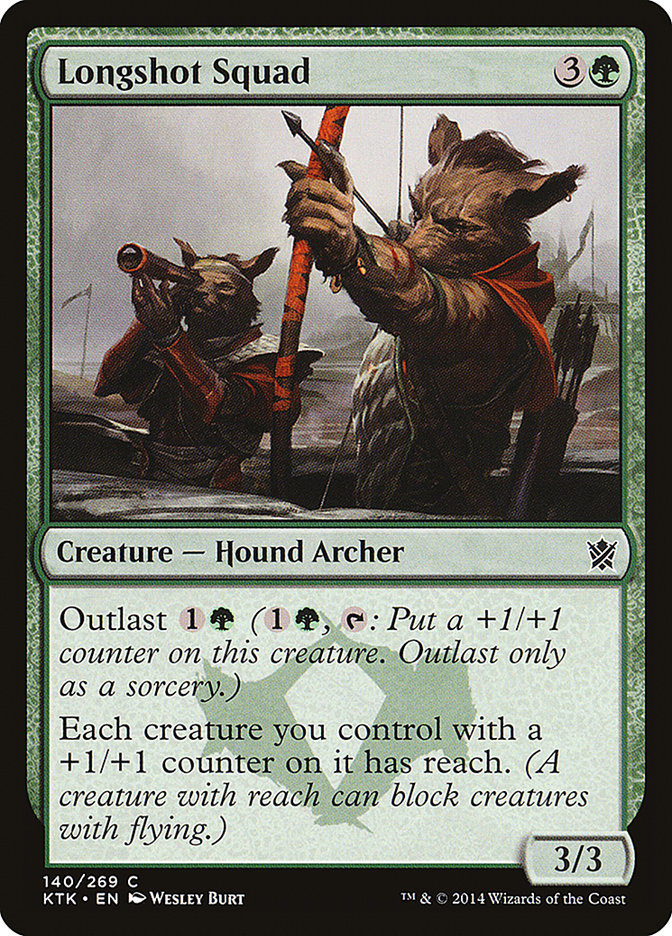
Longshot Squad: Decent sizing and a useful ability make for a solid common. Best with other outlast creatures but playable anywhere.
Other
Most of the commons in the set are monocolored, but some important other ones to mention are:
- The set of 3c morphs. All of them are strong cards well worth picking.
- The Mardu Banner cycle. These look pretty weak but play well in greedy control decks.
- And most importantly, the 10 2 color lands. Given the nature of Khans, I would actually take relevant dual lands over just about any common.
General Strategy
There are a couple of ways you can try to approach Khans of Tarkir drafting. My favorite strategy is to position myself for a 5c/good stuff pile early on, then move into a specific archetype/clan if I keep getting passed good cards. Here’s how to actually do this:
Bombs should be your first priority. Never pass a Duneblast, Savage Knuckleblade or End Hostilities. Even if you have to splash it!
Next, you’ll want sources of mana fixing, which come in the form of uncommon/common taplands. The uncommon lands are trilands which are particularly valuable.
Removal follows. Efficient removal like Debilitating Injury and Bring Low is premium. Weaker removal like Rite of the Serpent and Throttle should not be taken here.
Card draw spells are the next most important thing. Bitter Revelation and Treasure Cruise are worth having a couple of copies of. Weave Fate is worse but better than not having card advantage.
Higher quality cards go here. Top commons, efficient uncommons, good morphs, etc.
Mediocre removal is next.
Mediocre commons go here. Cards like Sagu Archer, Archers' Parapet and even Rotting Mastodon can over perform due to their high toughness.
This is a solid and adaptable way to draft this set. But is it the only thing you can do?
BWr Warriors
This sub-archetype looks to punish 5-color decks like the one described above with a lean curve and a couple of Warrior payoffs. Chief of the Edge, Chief of the Scale, and Raiders' Spoils are your direct payoffs, but Rush of Battle might be even more important. The deck can be built as either 2-color or Mardu, though you’ll want to be careful with taplands if you plan on being aggressive. Ponyback Brigade is one of the best reasons to add the third color.
UG Bear Punch
This is another 2-color aggro deck built around Savage Punch and Alpine Grizzly. These two cards can put out a ton of pressure quickly and put your opponent on the backfoot, especially if they are stuck playing taplands and morphs early on. You can supplement those two cards with Force Away, Jeskai Windscout, Singing Bell Strike, etc. This strategy also makes decent use of mediocre 2-drops like Smoke Teller and Wetland Sambar.
Ugx Morphs
This is a different base Simic strategy built around Secret Plans and Trail of Mystery. Morphs are solid playables for most decks, but can be the focus of your deck if you have these enchantments. Some of the best morphs to use with them are the uncommon reveal morphs like Dragon's Eye Savants and Temur Charger.
Toughness Matters
This is a small subtheme that appears on a trio of cards: Kheru Bloodsucker, Sultai Flayer and Kin-Tree Invocation. Kin-Tree Invocation is the only payoff with any real oomph to it, so consider playing it if you have enough Disowned Ancestors.
Clan Decks
You can of course build decks that are merely 3c and focus on larger clan themes as well. In these cases, you are looking to execute their core gameplans and draft as many powerful multicolor cards as possible. Here’s a recap for each:
- Abzan decks should stack multiple outlast lords that boost up +1/+1 creatures. They are generally midrange decks and will need to rely on uncommons for premium removal.
- Pure Jeskai decks are usually going to be aggressive and focus on fliers/Arrow Storm. Jeskai Ascendancy makes more sense in a 3-color tempo deck than your average 5c pile.
- Sultai is, of course, a grindy deck that wants to leverage delve cards. Decking is a genuine concern for Sultai decks, so be careful if you feel a game is going long. Fliers like Sultai Scavenger can be crucial for having inevitability.
- Mardu is the most aggressive guild and usually builds around going wide/Rush of Battle. Pure Mardu is rarely going to be a slow good stuff deck.
- Lastly, Temur maximizes 4/x payoffs whenever it can. It struggles to play well from behind but can be unstoppable with a smooth start.
A Word on Land Counts
Building good mana bases is vital for success in Khans of Tarkir. Here are some ground rules:
- Classic Limited numbers to hit: 8+ for primary colors, 3-4 for a splash you have only 1-2 cards of.
- Total # of lands will usually be 17-19. I remember playing 18 lands in many decks. Morphs are a great mana sink that makes flooding out less of an issue.
- If you are playing BO1 on Arena, you might play 17 instead of 18 due to algorithmic smoothing.
- 16 lands is appropriate for something like Orzhov Warriors. There may also be Valley Dasher decks playing 15-16, although I don’t look forward to drafting them.
- Taplands have diminishing returns but only at absurd numbers. 3c decks should be happy to play 4-7 of them (which can get you to 7+ sources for each color). 5c piles can play even more, though it’d still be ideal to have 6-8 basics so that you can occasionally play on curve. Tapland t1, tapland t2, untapped t3 (play a morph), tapland t4, untapped t5 (flip a morph) is a reasonable sequence to aim for.
- The 1 life on taplands is appreciated, but I’d never play offcolor taplands just for +1 life.
Khanclusion
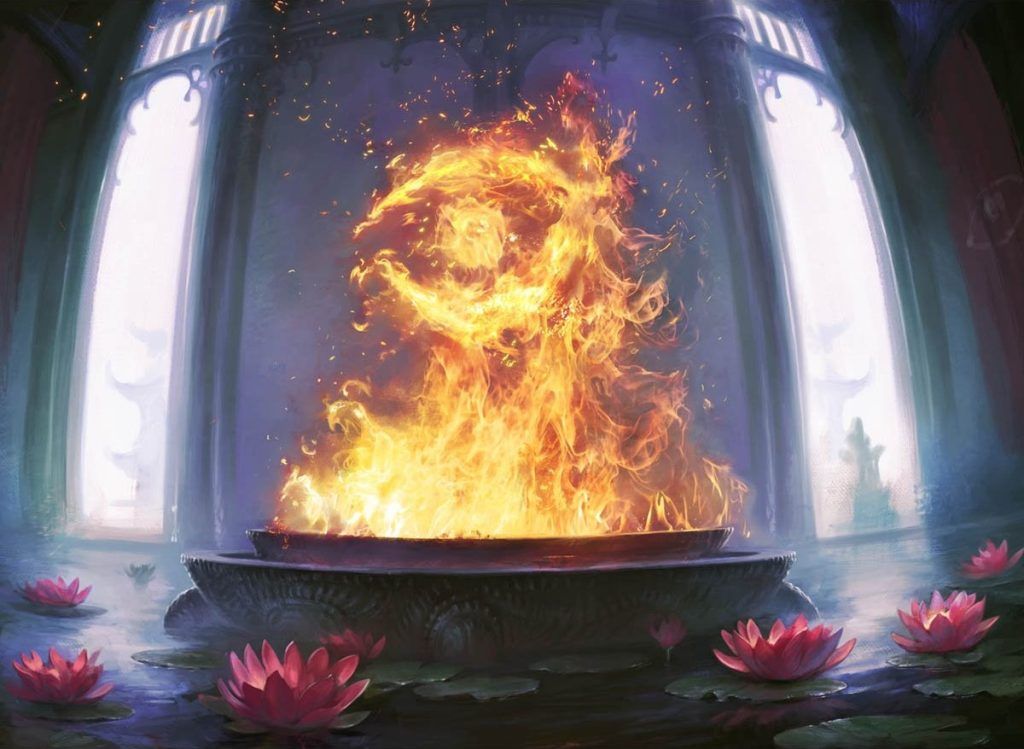
Jeskai Charm | Illustration by Mathias Kollros
And that’s pretty much it! I’m excited to see how Khans plays out with modern drafters. Will 17 lands show us how foolish we were 9 years ago? Or is drafting Khans as simple as lands + the best cards you can draft?
If you enjoyed this article, make sure to check out our other written content and join the official Draftsim Discord!
See you next time!
Follow Draftsim for awesome articles and set updates: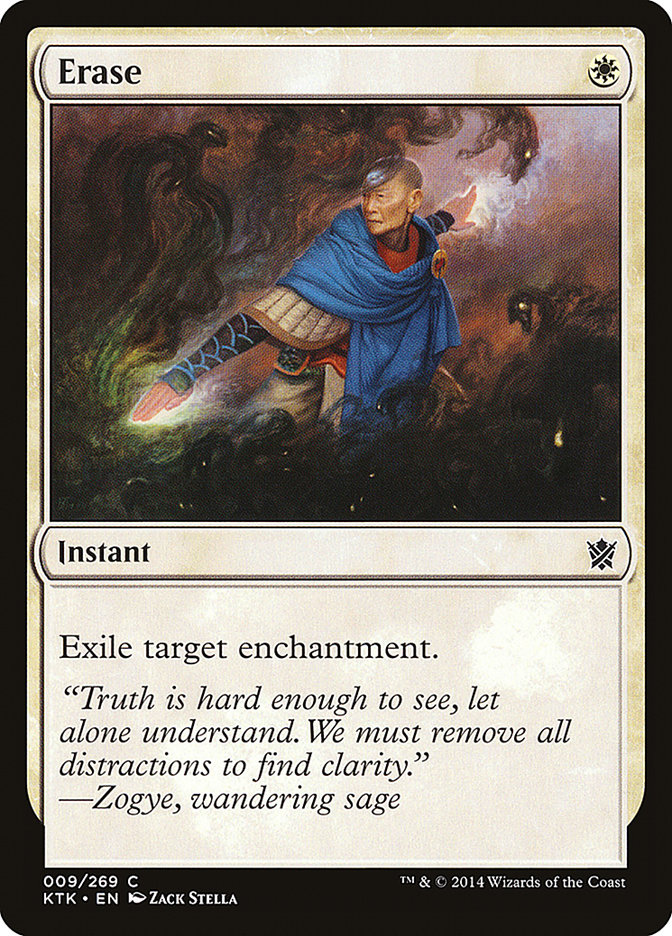

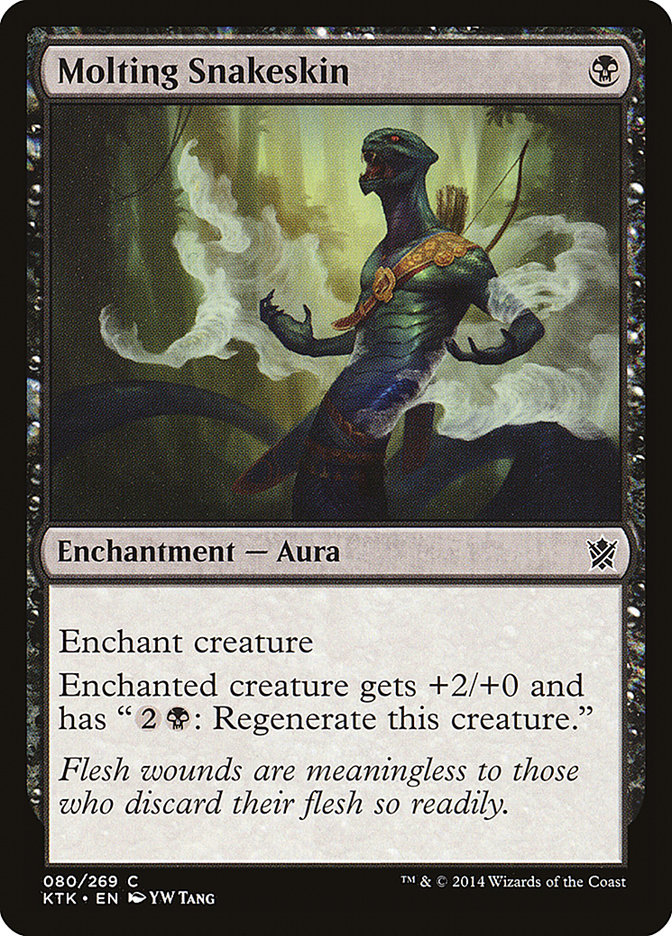
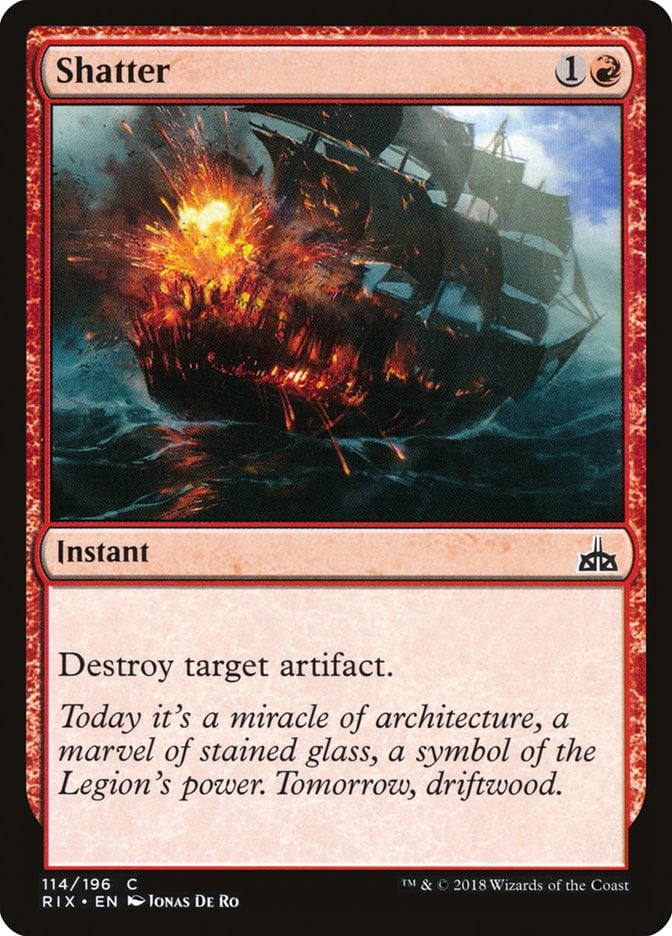
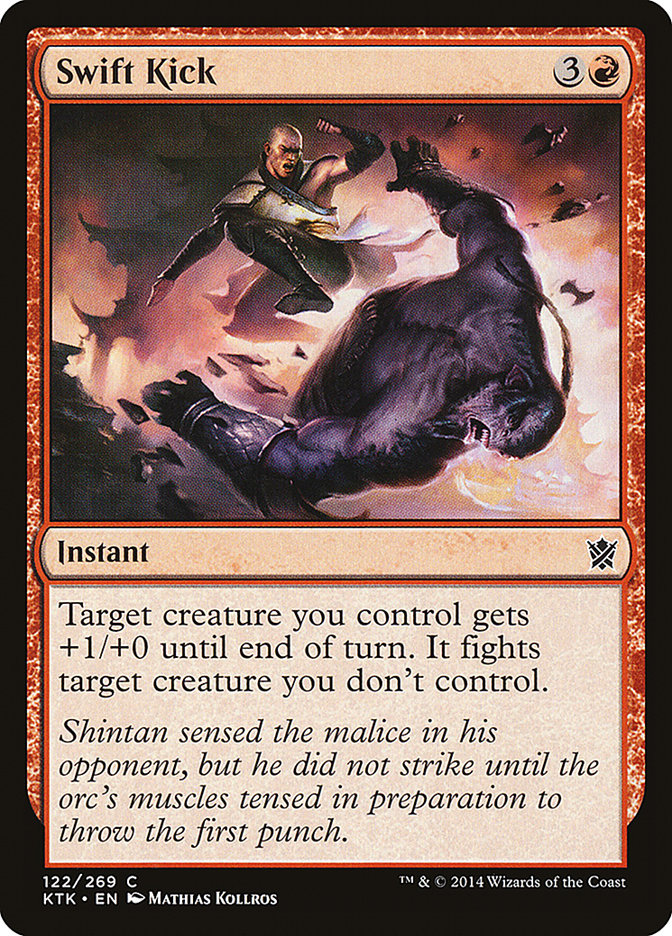


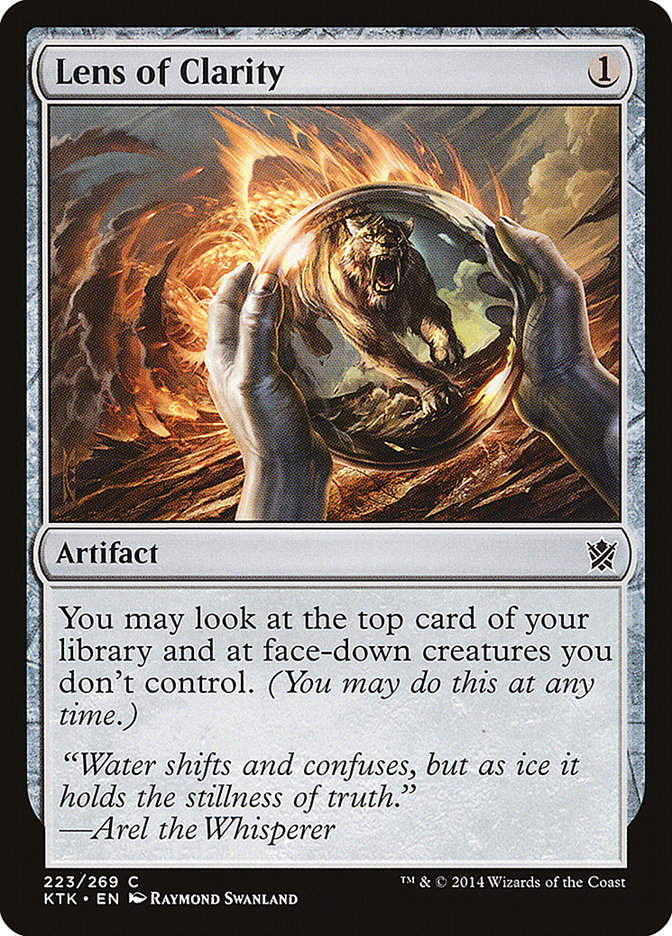
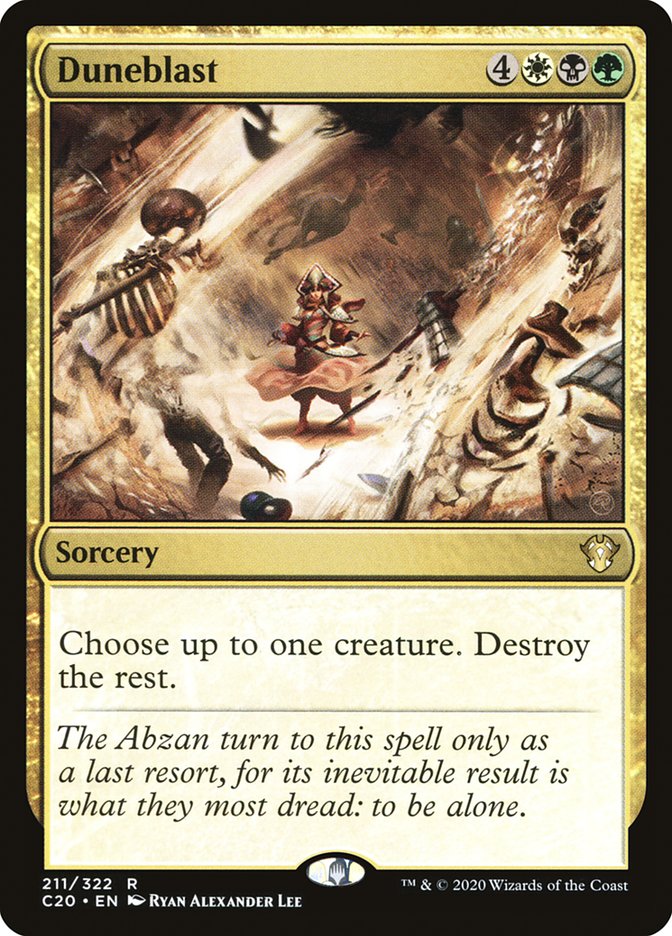
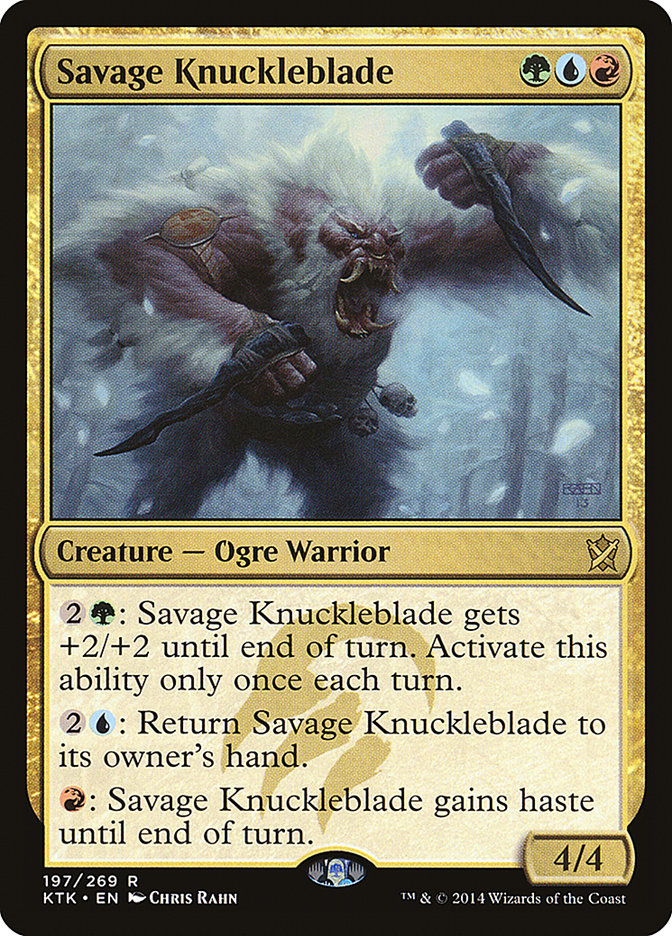
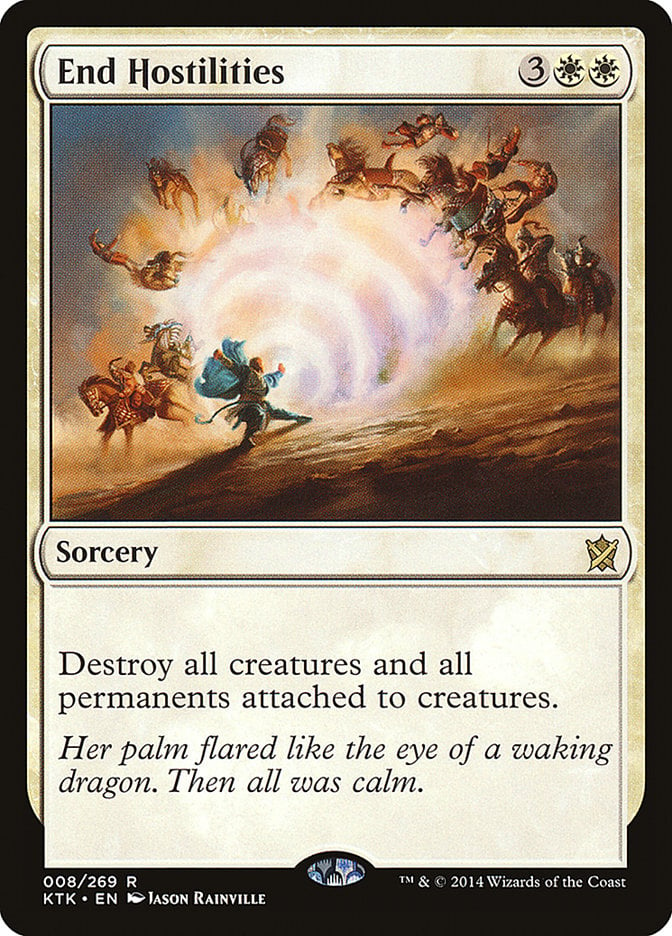

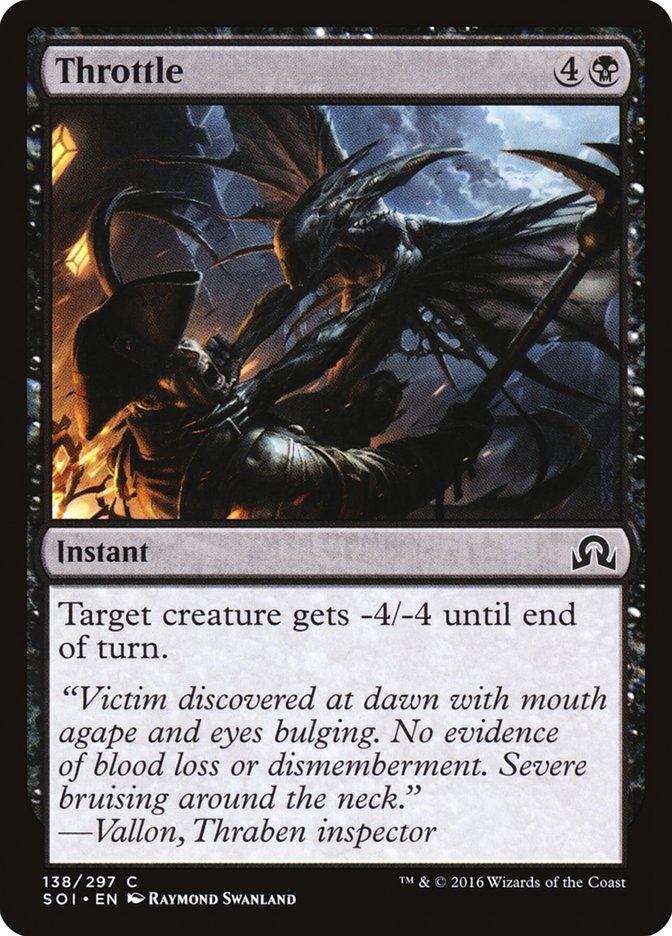


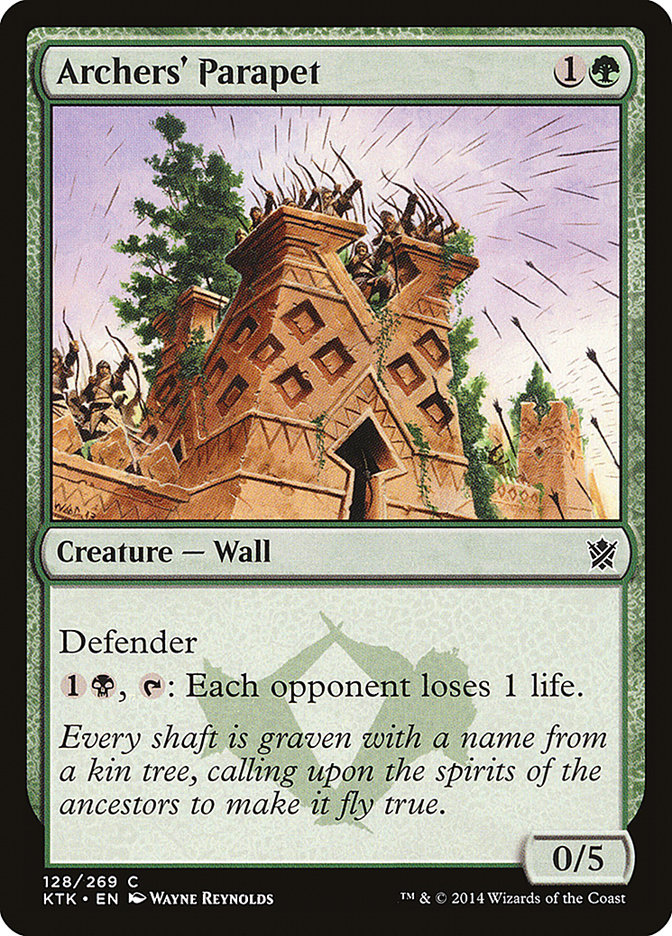
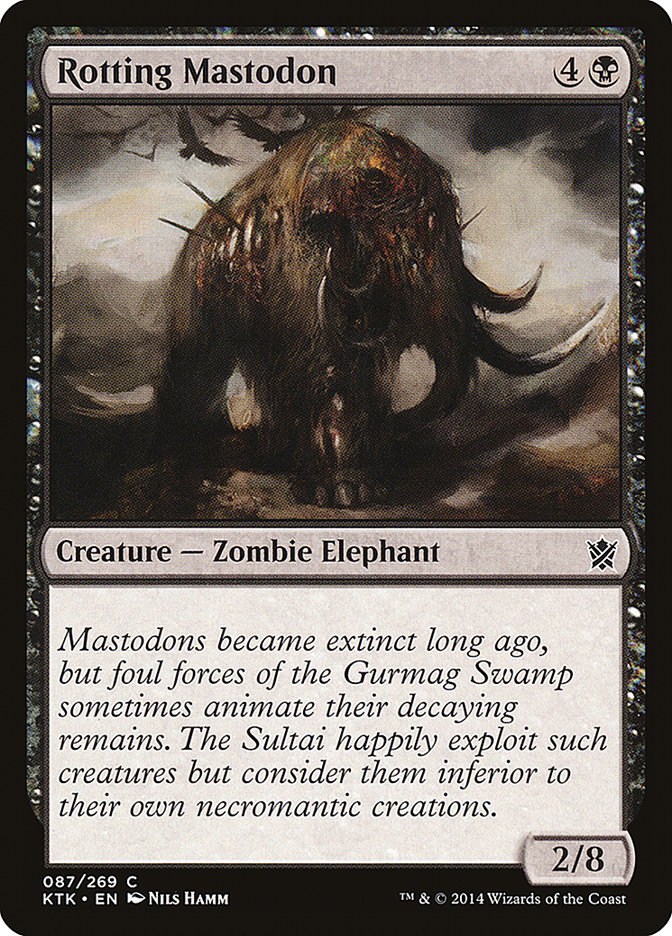

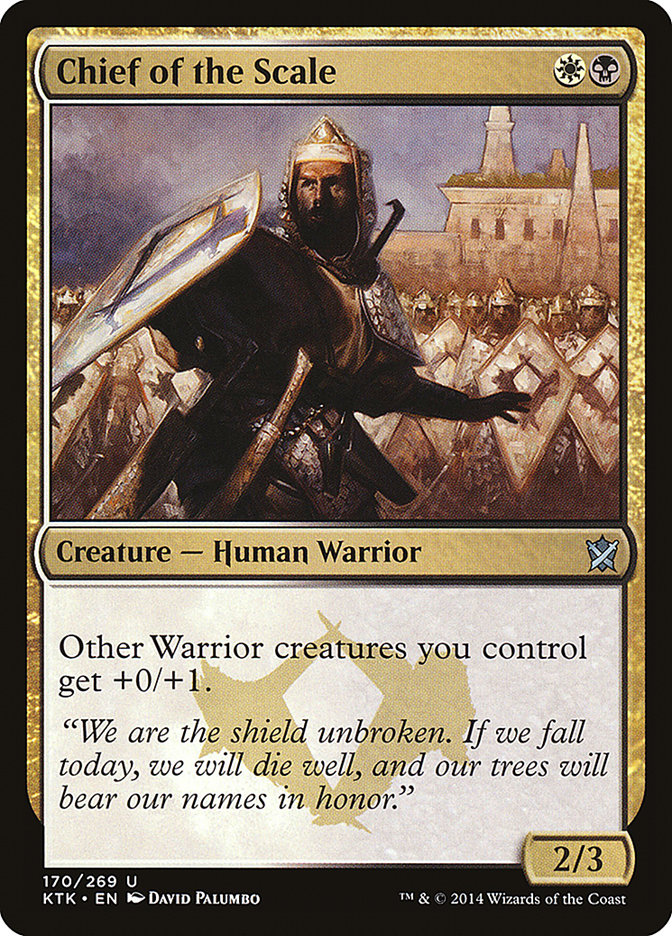
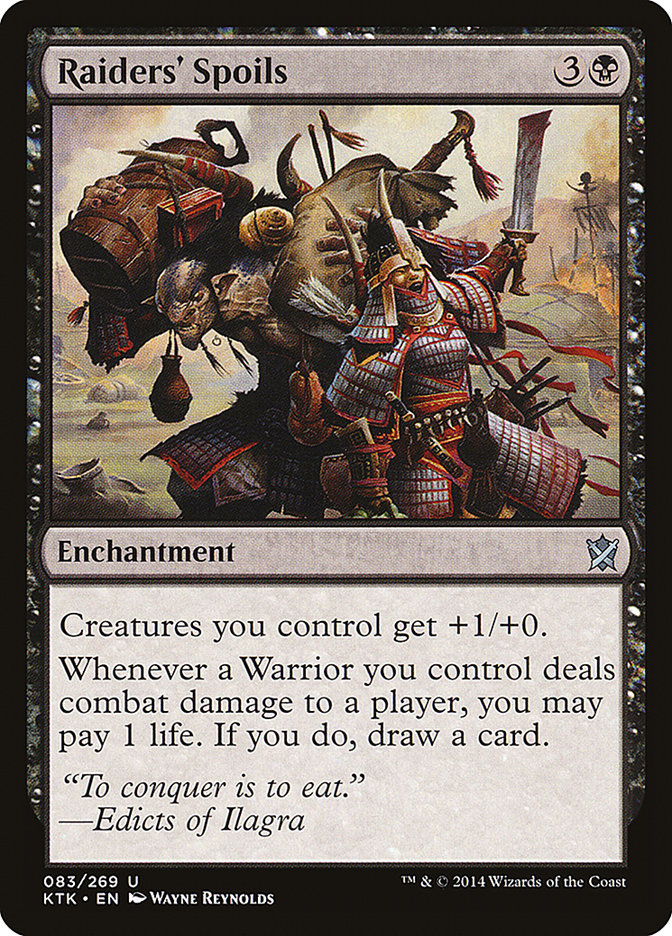
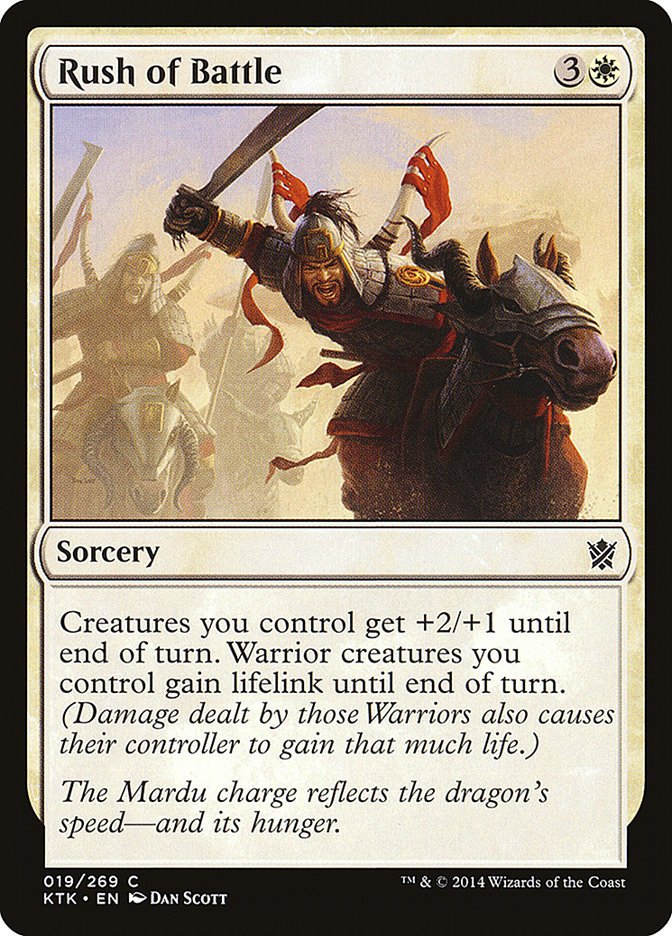
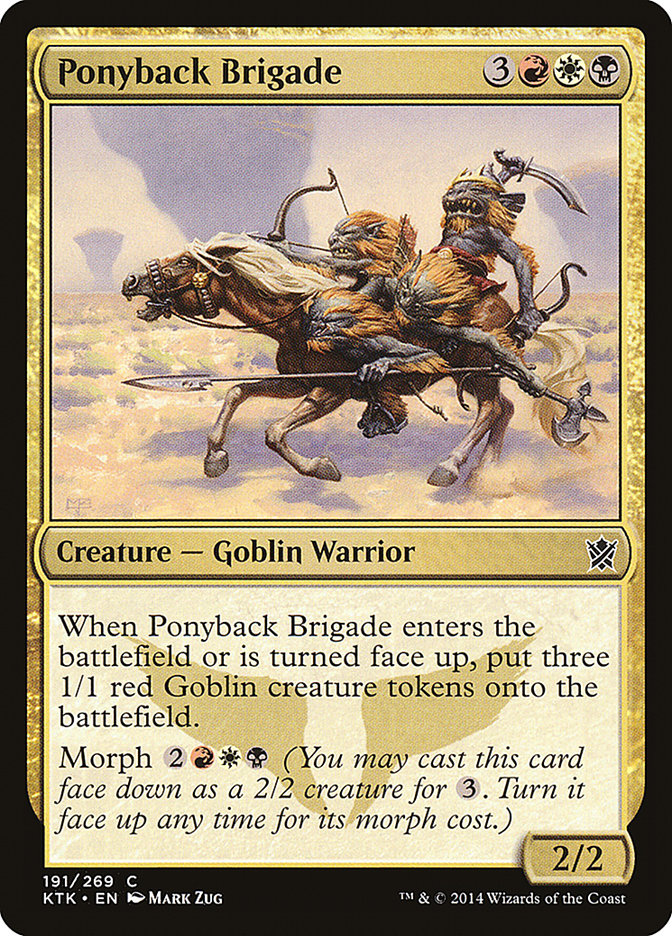
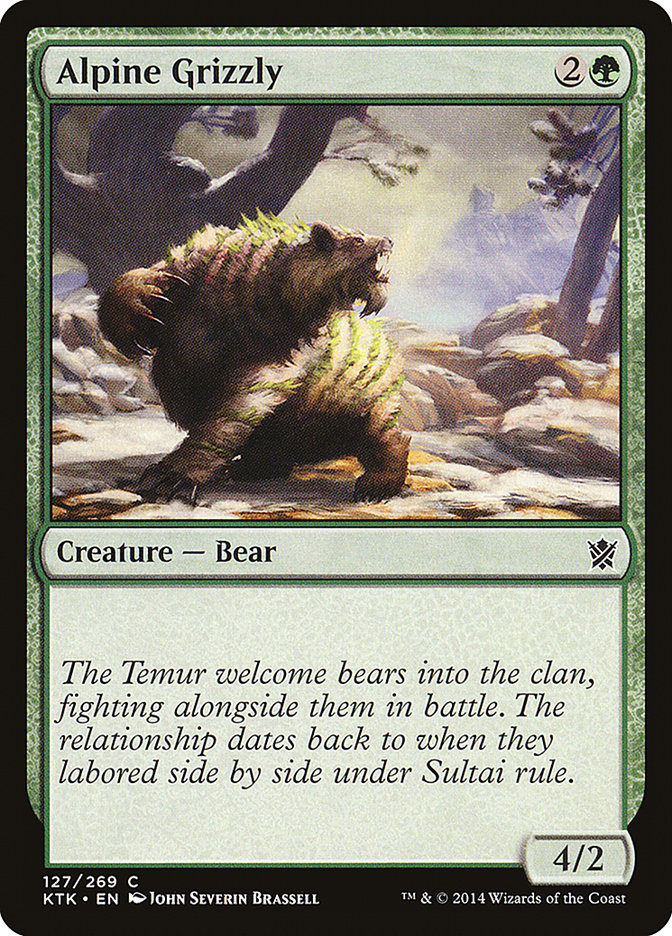
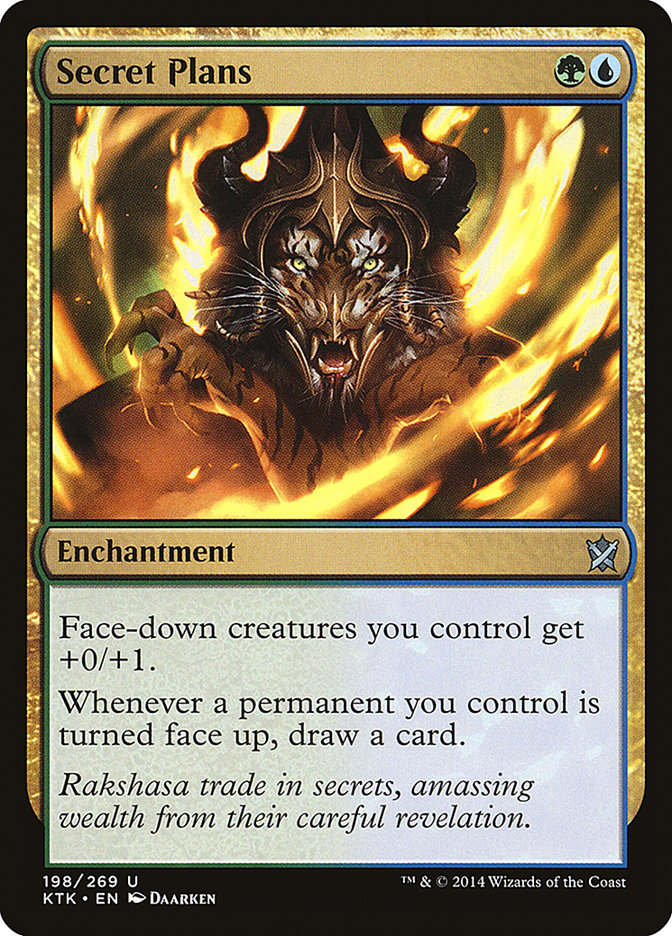

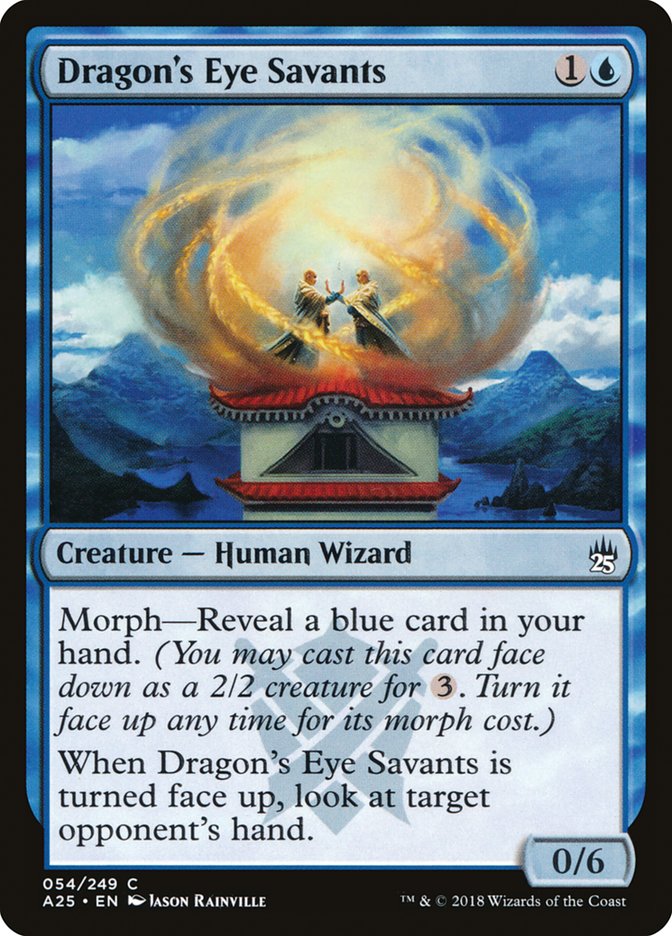
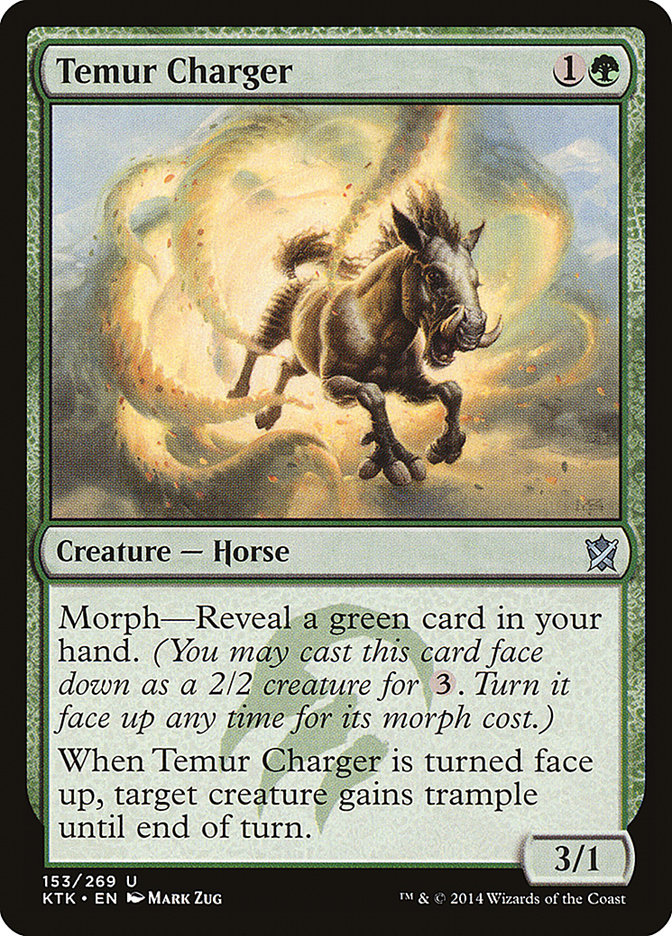
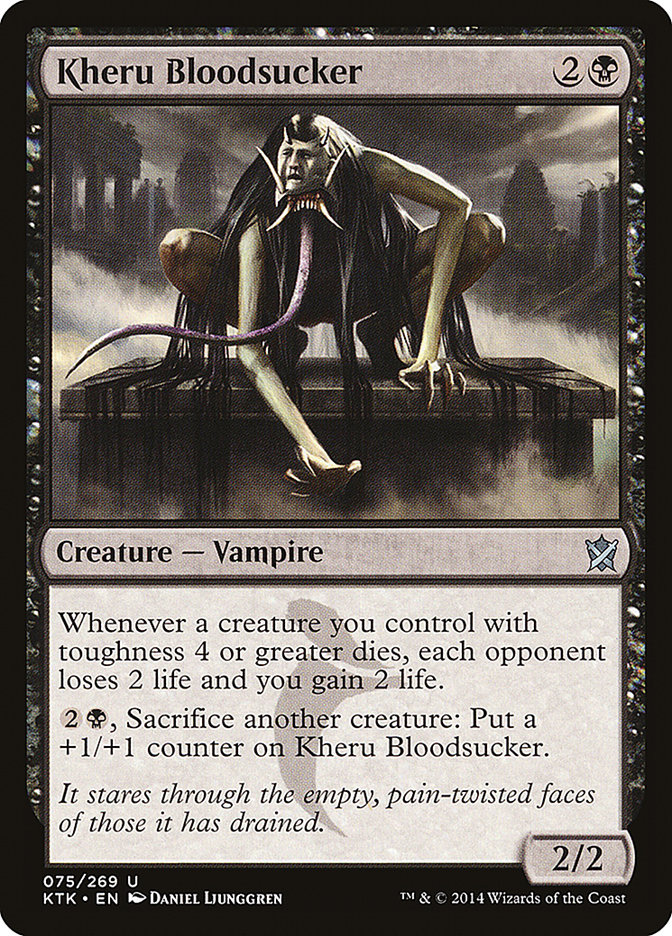
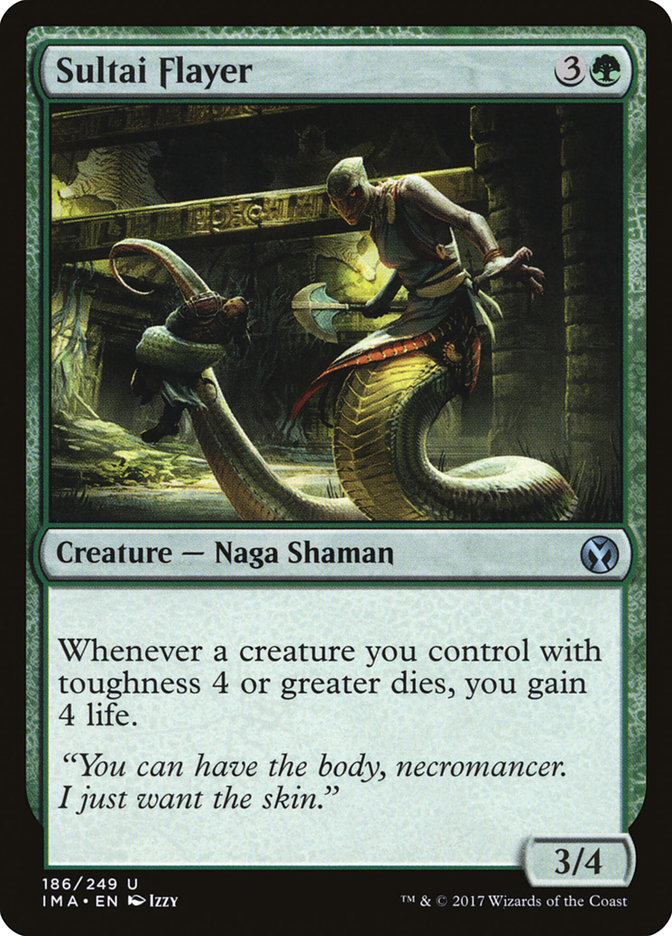
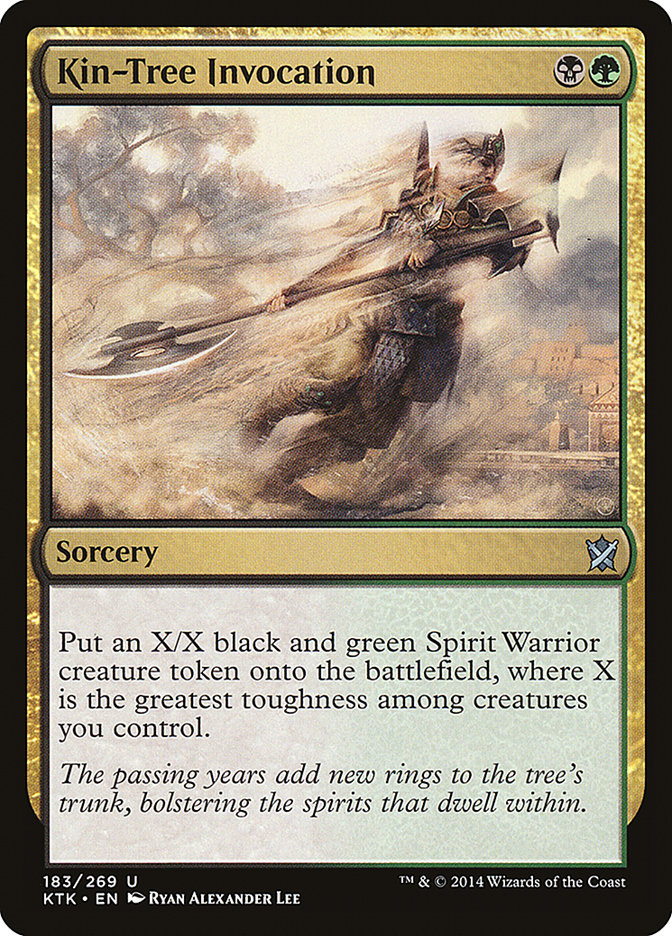

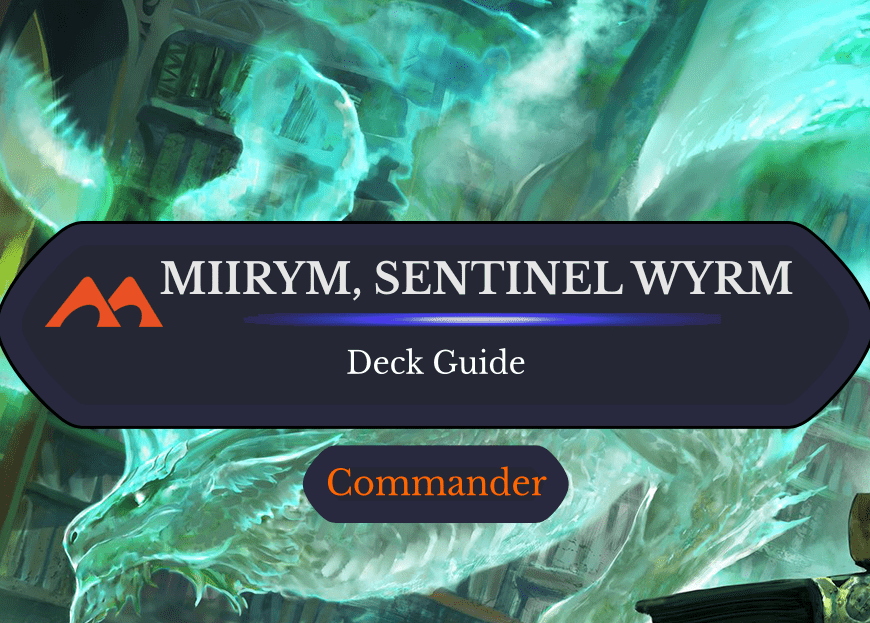
Add Comment